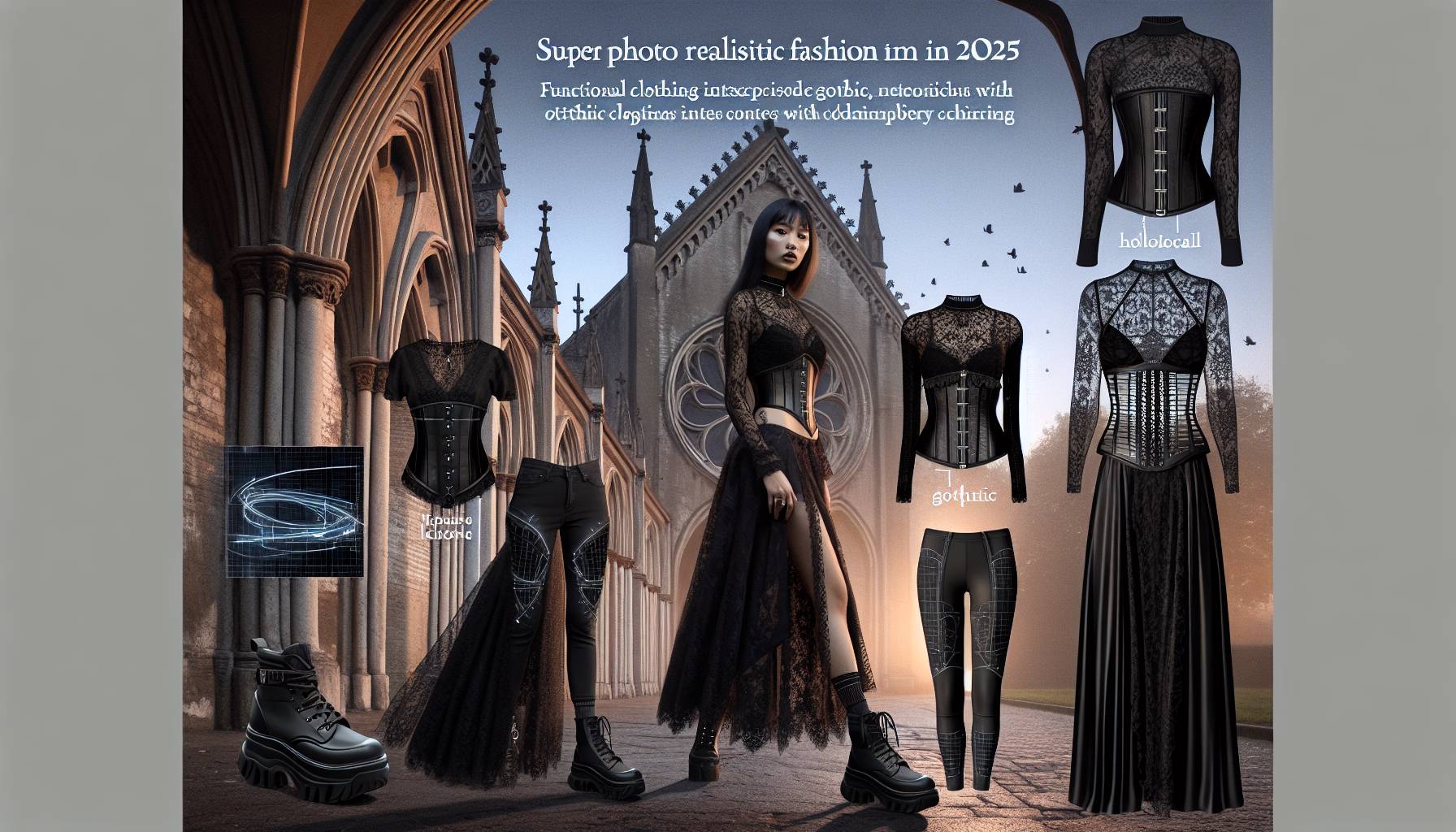exploring the roots of nostalgia
Nostalgia, a sentiment that evokes a longing for the past, has deep roots that intertwine with human psychology and cultural history. This complex emotion is not merely a wistful remembrance but a profound connection to personal and collective experiences. In Australia, as in many parts of the world, nostalgia often surfaces through memories of childhood, significant life events, or even national milestones that have shaped the cultural landscape.
The term “nostalgia” itself originates from the Greek words “nostos,” meaning “return home,” and “algos,” meaning “pain” or “ache.” Initially coined in the 17th century to describe the homesickness experienced by soldiers, it has since evolved to encompass a broader emotional spectrum. This evolution reflects how nostalgia has become a universal experience, transcending individual backgrounds and resonating with shared cultural narratives.
In the Australian context, nostalgia can be triggered by a variety of stimuli, from the sound of a kookaburra’s call to the taste of a classic meat pie. These sensory experiences often transport individuals back to simpler times, evoking a sense of comfort and familiarity. Moreover, nostalgia is not just a passive reflection but an active engagement with the past, allowing people to reinterpret and find meaning in their personal histories.
Psychologically, nostalgia serves several functions. It can enhance mood, increase social connectedness, and provide existential meaning. By recalling cherished memories, individuals often experience a boost in self-esteem and a reinforced sense of identity. This emotional balm is particularly potent during times of change or uncertainty, offering a stable anchor amidst life’s turbulence.
As Australians navigate the complexities of modern life, the roots of nostalgia offer a rich tapestry of memories that continue to influence contemporary culture. Whether through music, film, or everyday experiences, the past remains a vital part of the present, shaping how individuals perceive and interact with the world around them.
iconic moments from the past
Australia’s past is peppered with iconic moments that continue to resonate with its people, serving as touchstones for collective nostalgia. The 2000 Sydney Olympics, for instance, stands out as a defining event that captured the nation’s spirit and showcased its vibrant culture on the world stage. The image of Cathy Freeman’s triumphant gold medal run, draped in both the Australian and Aboriginal flags, remains etched in the national consciousness, symbolising unity and pride.
Television has also played a pivotal role in shaping nostalgic memories. Classic Australian shows like “Neighbours” and “Home and Away” have not only entertained generations but also reflected the evolving social landscape of the country. These programs, with their memorable characters and storylines, have become cultural staples, often evoking fond memories of evenings spent with family and friends.
Music, too, has been a powerful conduit for nostalgia. Bands like INXS and Midnight Oil provided the soundtrack to many Australians’ lives, their songs echoing through the decades. The annual Hottest 100 countdown by Triple J, a beloved tradition, continues to stir nostalgia as listeners reminisce about past hits and the moments they encapsulate.
Even everyday experiences, such as the simple joy of a summer barbecue or the excitement of a backyard cricket game, evoke a sense of nostalgia. These quintessentially Australian pastimes are more than mere activities; they are rituals that connect individuals to their heritage and to each other, reinforcing a shared identity.
Through these iconic moments, Australians find a sense of continuity and belonging, drawing strength and comfort from the past as they navigate the present. The enduring appeal of these memories lies in their ability to transcend time, offering a glimpse into the collective heart of the nation.
the impact of nostalgia on modern culture
Nostalgia’s influence on modern culture is both profound and pervasive, shaping everything from entertainment to consumer behavior. In Australia, this sentiment is evident in the resurgence of retro trends across various domains. Fashion, for instance, frequently revisits past styles, with vintage clothing and accessories making a comeback in wardrobes nationwide. This revival is not merely about aesthetics; it reflects a deeper yearning for the perceived simplicity and authenticity of bygone eras.
In the realm of entertainment, nostalgia has become a powerful tool for filmmakers and television producers. Reboots and remakes of classic Australian shows and films tap into the collective memory, drawing audiences eager to relive cherished moments. This trend extends to music, where artists often incorporate elements from past decades, blending them with contemporary sounds to create a sense of familiarity and innovation.
The impact of nostalgia is also evident in marketing strategies. Brands leverage nostalgic imagery and themes to evoke emotional connections with consumers, fostering brand loyalty and engagement. This approach is particularly effective in Australia, where iconic symbols and cultural references resonate deeply with the public. From advertisements featuring classic Australian landscapes to campaigns that celebrate national icons, nostalgia serves as a bridge between the past and present, enhancing brand narratives.
Moreover, nostalgia influences how Australians engage with technology. The rise of retro gaming, for example, highlights a desire to reconnect with the digital experiences of the past. Classic video games and consoles are being reintroduced, offering both older generations a trip down memory lane and younger audiences a taste of history. This trend underscores the enduring appeal of nostalgia, as it continues to shape consumer preferences and cultural expressions.
Ultimately, nostalgia’s impact on modern culture is a testament to its enduring power. It provides comfort and continuity in a rapidly changing world, allowing individuals to anchor themselves in familiar experiences while navigating the complexities of contemporary life. In Australia, as elsewhere, nostalgia remains a vital force, enriching cultural landscapes and influencing how people perceive and interact with their surroundings.
exploring the golden era of pop culture
The golden era of pop culture was a time when fashion and entertainment intertwined to create unforgettable moments. This period, often associated with the late 20th century, saw the rise of bold styles and daring trends that continue to influence today’s fashion landscape. From the vibrant hues of the 80s to the grunge aesthetics of the 90s, each decade brought its own unique flair.
In Australia, this era was marked by a blend of international influences and local creativity. The fashion scene was vibrant, with designers drawing inspiration from global icons while adding their own twist. The result was a dynamic mix of styles that resonated with the Australian audience, who were eager to embrace new trends.
Television and music played a significant role in shaping the fashion of this time. Shows and music videos became platforms for showcasing the latest styles, with celebrities setting trends that fans were quick to adopt. The impact of pop culture on fashion was undeniable, as it pushed boundaries and encouraged self-expression.
As we look back on this golden era, it’s clear that its influence is still felt today. The boldness and creativity of the past continue to inspire designers and fashion enthusiasts alike, reminding us of a time when fashion was all about making a statement and having fun.
revisiting iconic moments from the past
Reflecting on the past, we find ourselves drawn to those iconic moments that defined an era. The 90s, in particular, were a time of transformation and rebellion in the fashion world. Who could forget the rise of the supermodel? Names like Naomi Campbell, Cindy Crawford, and Elle Macpherson became synonymous with glamour and style, gracing the covers of every major magazine and strutting down runways with an unparalleled confidence.
Meanwhile, the music scene was equally influential. The Spice Girls burst onto the scene with their ‘girl power’ mantra, not only dominating the charts but also setting trends with their eclectic and bold fashion choices. Their impact was felt globally, and in Australia, fans eagerly embraced their vibrant style, from platform shoes to Union Jack dresses.
Television also played a pivotal role in shaping fashion trends. Shows like “Friends” introduced us to the ‘Rachel’ haircut, a style that became a cultural phenomenon. Jennifer Aniston’s character was a fashion icon in her own right, with her wardrobe choices influencing countless viewers.
These moments were more than just fleeting trends; they were cultural touchstones that left a lasting imprint on the fashion industry. They remind us of a time when fashion was not just about clothing but about expressing identity and embracing individuality. As we revisit these iconic moments, we celebrate the creativity and boldness that continue to inspire today’s fashion landscape.

